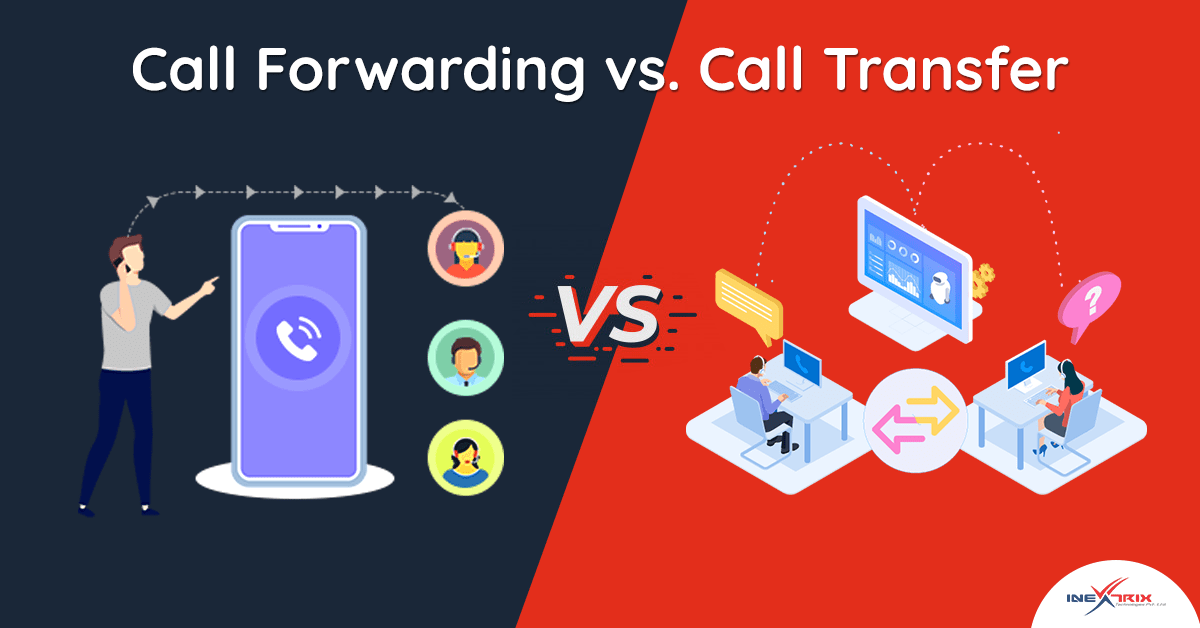The call centers handle a massive number of calls daily. Some of these calls get handled by the automation features available in the intelligent call center software and some of them get handled by the live agents using different features of an intelligent call center solution.
The intelligent call center software comes up with a wide array of features to benefit the call centers using it. In this article, we will share a quick brief on two most common, traditional, yet very useful features of intelligent call center software:
- Call forwarding and
- Call transfer
Call forwarding:
Definition:
The intelligent call center software forwards a caller to another phone line or number automatically based on predefined triggers using the call forwarding feature. The caller does not notice that his call is forwarded to another number.
Use cases and benefits:
Many people think that there is no use of call forwarding in the call centers, but this feature is really useful. Let’s explore the key use cases of call forwarding.
- To interconnect different departments. Call centers usually publish only one support number, but when a customer calls for the support, his or her call gets forwarded to the number or extension of the concerned department.
- To fill the gap of the unavailable agent. The intelligent call center solution makes sure that if an agent is not available for any reason, then the call gets forwarded to the next available agent.
Call transfer:
Definition:
As the name suggests, this feature of the intelligent call center solution lets an agent transfers an ongoing call to another agent or a supervisor. There are two types of call transfer features available in the intelligent call center software:
- Blind call transfer feature is used when an agent transfers the call to another team member without informing about the customer or case. In this case, it is also possible that the call gets abandoned or the customer needs to share the same story again.
- Attended call transfer is used when an agent put the call of customer on the hold and connects with another team member. The agent explains the case as well as the fact that he or she is transferring the call of the customer. Once he connects the customer to another team member and the conversation gets started, then only the main agent hangs up the call.
Use cases and benefits:
There are some known use cases of call transfer and those are the most important ones as well:
- When the agent senses that another agent in the team can better resolve the issue of the customer on the call.
- When the customer insists or the agent realizes that the caller should talk with the supervisor.
Conclusion
Both call forwarding and call transfer features are useful in call centers. We have an intelligent call center solution, which has many amazing features along with call forwarding and call transfer to benefit call centers. Contact us to know more and to book a risk-free trial of 14 days.


